
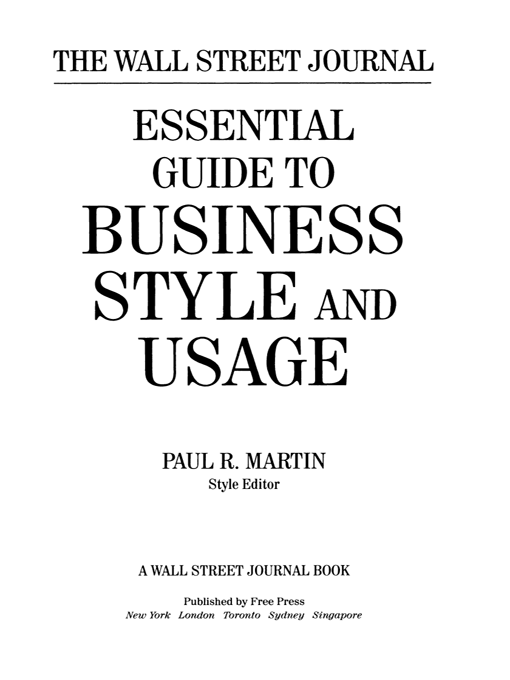
 A WALL STREET JOURNAL BOOK Published by Free Press
A WALL STREET JOURNAL BOOK Published by Free Press
Rockefeller Center
1230 Avenue of the Americas
New York, NY 10020
www.SimonandSchuster.com Copyright 2002 by Dow Jones & Company, Inc. All rights reserved, including the right of reproduction in whole or in part in any form. This Wall Street Journal Book edition 2003 F REE P RESS and colophon are registered trademarks of Simon & Schuster Inc. The Wall Street Journal and the Wall Street Journal Book colophon are trademarks of Dow Jones & Company, Inc. DESIGNED BY LISA CHOVNICK For information about special discounts for bulk purchases, please contact Simon & Schuster Special Sales: 1-800-456-6798 or business@simonandschuster.com Manufactured in the United States of America 1 3 5 7 9 10 8 6 4 2 The Library of Congress has cataloged the hardcover edition as follows: The Wall Street journal guide to business style and usage / Paul R. p. cm(A Wall Street journal book) 1. cm(A Wall Street journal book) 1.
JournalismStyle manuals. I. Martin, Paul R. II. Wall Street journal. Series. Series.
PN4783.W26 2002 808.06665dc21 2001040376 ISBN 0-7432-1295-9 ISBN 0-7432-2724-7 (Pbk)
eISBN 978-1-451-60364-4
INTRODUCTION
F OR ANYONE WHO WRITES a journalist, an author, a public-relations specialist or just someone who is writing a formal lettera style guide is a valuable beacon. For anyone who wants to write in an authoritative business style, The Wall Street Journals stylebook sheds even more light. This guide, an updated and expanded version of the one long used by Journal reporters and editors, provides answers to everyday questions the computers spelling checker wont resolve: Are the accepted forms
businessman, businesswoman and
businesspeople? Or is it
businesspersons? Or is a hyphen involved? What about a person running a small business? Is he or she a
small-businessperson or what? With more than 3,875 alphabetized entries, this guide not only explains such broad concepts as the difference between the
New Economy and the
Old but also defines everything from
blue-chip stocks to
junk bonds. Confused about
intraday and
interday highs and lows in the market? Wondering about business and financial terms from
Ebitda and
Ebita earnings to
zero-coupon bonds? It provides the answers. The Web worlds explosion of tech terms also is given due diligence, from
Alpha testing to
twisted pair and
vortal. But perhaps the primary asset is the books basic guidance to proper usage of the language in general. Do you confuse
fortuitous and
fortunate? Flounder and
founder? Have you used
enervate when you meant
energize? Help is at hand. Stylebooks, a relatively recent journalistic phenomenon, have become invaluable tools for maintaining standards and promoting consistency of usage.
The Wall Street Journal, founded in 1889 by Charlie Dow, Eddie Jones and Charles Bergstresser, somehow survived its first 60 years without a stylebook. In fact, the Journal long prided itself on the stylistic freedom of expression it provided its writers and editors without onerous constraints: Our newsmen are not bound by formulas or patterns, a top editor wrote in 1967, a time when indeed there were very few newswomen at the Journal. They are encouraged to be imaginative, flexible and different. The Wall Street Journal has no stylebook. The lack of a stylebook encouraged imagination, perhaps. Without doubt, it encouraged differenceand inconsistency.
Newspaper stylebooks in general were extremely rudimentary for the most part until about 1977, when the Associated Press issued the forerunner of many of todays comprehensive stylebooks. The Journals earliest attempt at codifying rules for writers and editors was a 1952 guide on spelling, capitalization and use of figures and abbreviations that ran 14 small pages. An entry opposing the use of all-time record noted, without apologies to Gertrude Stein, that a record is a record is a record. The 1952 guide had this apologetic introduction: The suggestions outlined here are not intended as a complete style manual for the Journal. They originated as an attempt to compile pointers which a newcomer to any one of our copy desks might find useful. Actually, as we attempted to set down our editing practices in a logical way, some appeared to be rather illogicalso our veteran editors will note that certain changes in past style are contained herein.
When the time seems ripe, a fresh edition of the style guide will be run off. The time apparently didnt ripen quickly, but in 1961, a new 10-page guide for Journal staff members covered little more than capitalization and punctuation rules and then declared sweepingly that common sense is the best guide in matters not covered by the guide. Common sense is indeed often a good guide to style decisions. The problem is that common sense is quite uncommon, and what one editor may postulate as common sense another may consider to be common rubbish. Meanwhile, with everyone employing a different common sense, arcane and archaic usages creep in, and inconsistencies storm in. Some quirky Journal customs were passed along orally (as distinct from verbally) for years from copy editor to copy editor, and few even remembered their origins.
A 16-page booklet for the news staff in 1970 provided a list of banned words, for example, that included buck, shift, shut and shot. Why? The reasons should be obvious, the guide said, cryptically. In fact, the ban reflected editors fears that inept or capricious typesetters would turn these innocent words into embarrassing ones. Thus, for many years, a factory had three work turns rather than three shifts, until word-processing systems replaced human typesetters. As the Journal expanded through the 1970s, the need for a more comprehensive guide became apparent, especially to help train new reporters and copy editors. The prototype for this book was published in 1981, then as now using the latest Websters New World College Dictionary as its reference. Steiger. Steiger.
Subsequently, with no one questioning the need for consistent style rules any longer, the Dow Jones Newswires, under the leadership of Richard J. Levine, also published style-guide editions in 1996 and 1999, and we gratefully acknowledge those editions contributions to this volume. Like the earlier Wall Street Journal Stylebook editions, this one reflects the collective wisdom of scores of Journal editors and writers, whose contributions are also gratefully acknowledged.
Aa
AAA The initials have become the formal name of the former
American Automobile Association. Second reference may be to
the automobile association. It is based in Heathrow, Fla.
a, an Use
a before consonant sounds:
a historic event (the aspirated
h is a consonant sound),
a university (it sounds as if it begins with a
yew),
a one-year term (it sounds as if it begins with a
w). Use the article
Next page

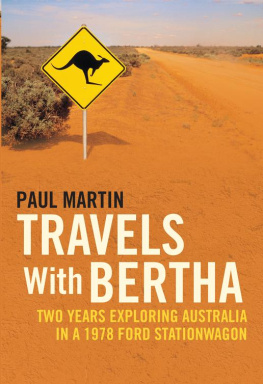
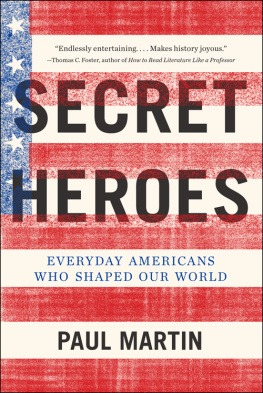

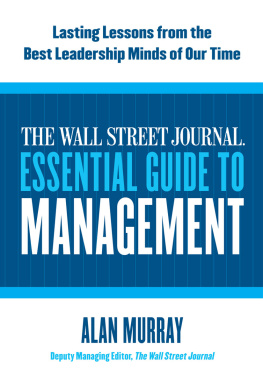
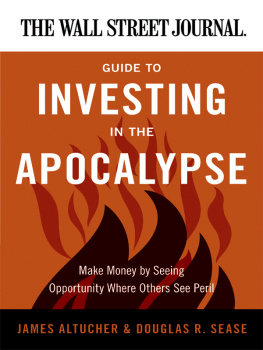
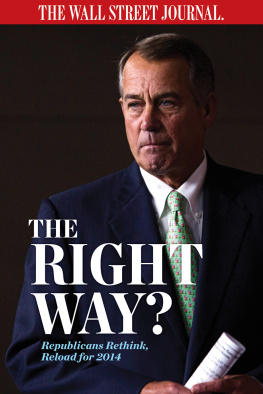
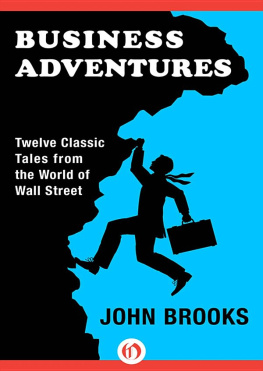
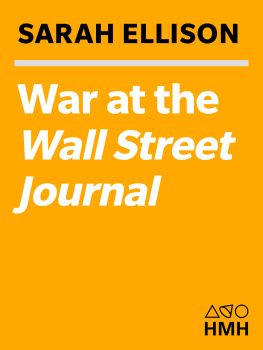



 A WALL STREET JOURNAL BOOK Published by Free Press
A WALL STREET JOURNAL BOOK Published by Free Press